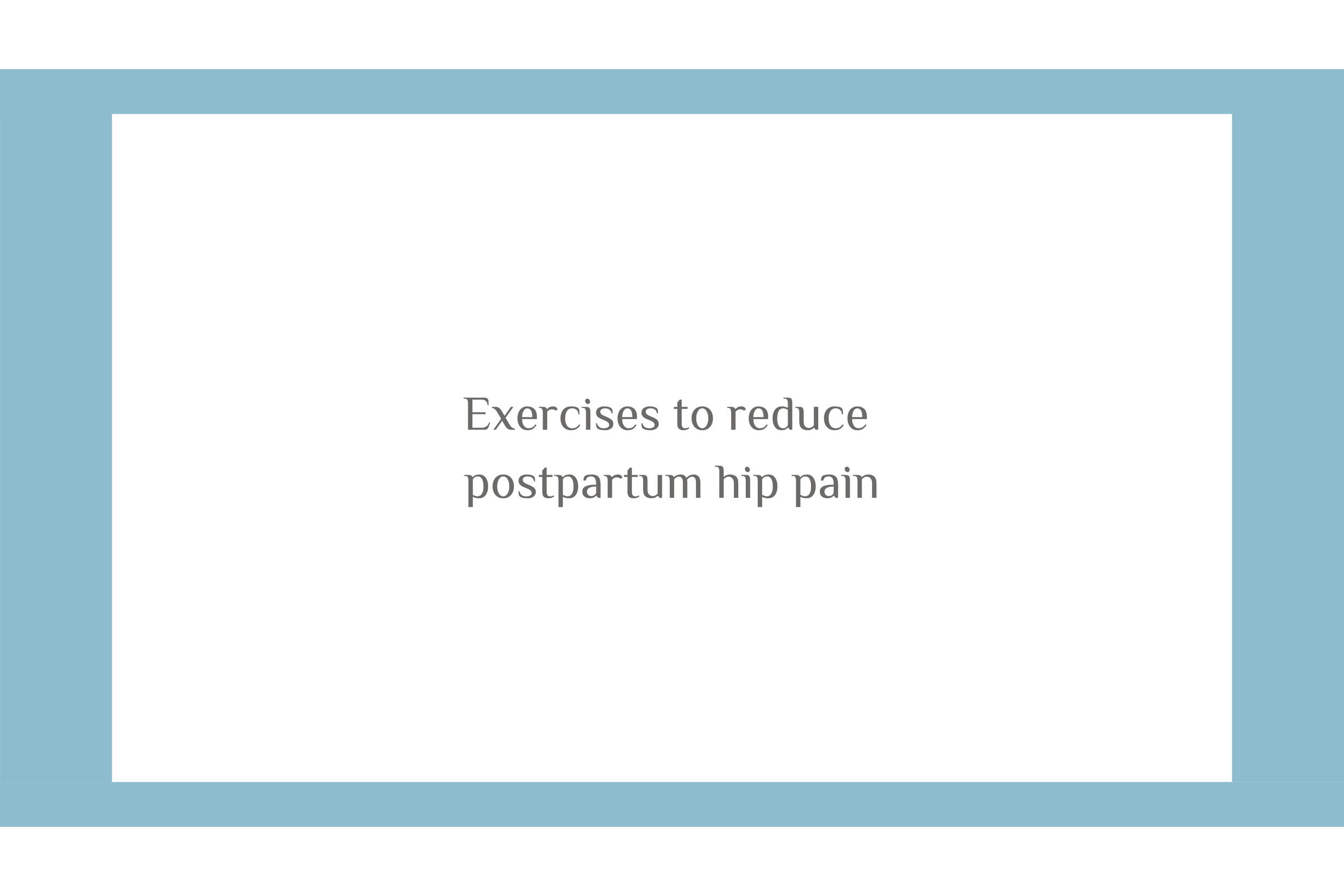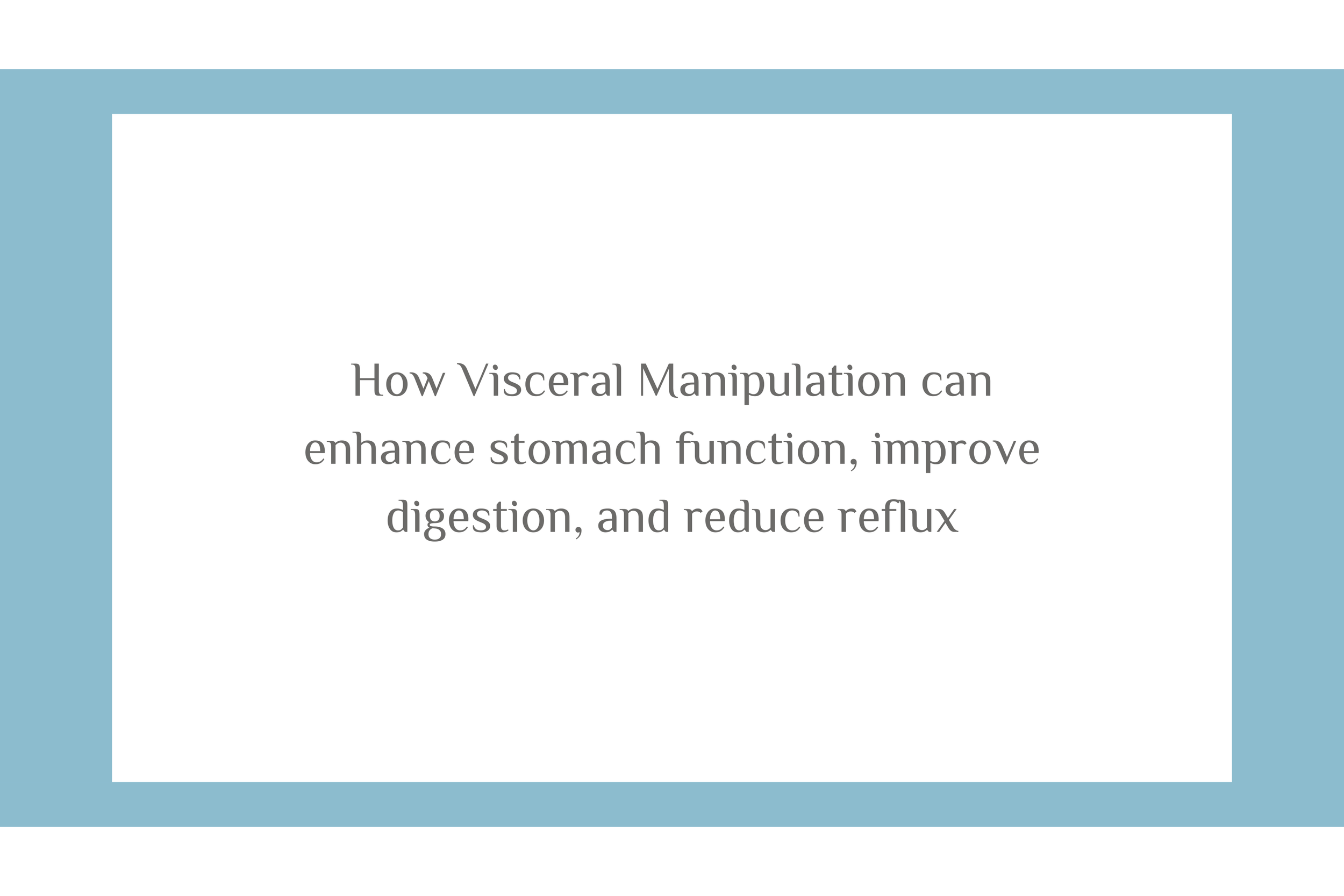Absolute Kinetics Physical Therapy Blog
The connection between your rib cage and pelvic floor
I recently attended my fourth visceral manipulation course through the Barral Institute, which was focused on the thorax. Your thorax includes your thoracic spine, rib cage, and all of the organs above your diaphragm muscle. I was excited to learn the techniques in this course because I knew they would help my patients who experience mid back pain, neck pain, and headaches, but I also knew these techniques could be helpful for my patients with pelvic floor dysfunction including leaking, constipation, and pelvic organ prolapse. In this blog post, I’m going to talk about why treating the thorax could be key in addressing pelvic floor problems.
Exercises for pelvic organ prolapse
Exercising with pelvic organ prolapse (POP) can feel a little scary, and there is a lot of misinformation online about exercising with prolapse. In this blog post I’m going to talk about exercises to reduce pelvic organ prolapse symptoms (and so much more!)
Exercises to reduce postpartum hip pain
Hip pain is something I treat often in my office in both pregnant and postpartum patients. In this blog post I explain why hip pain is common during pregnancy, why it may not start until postpartum, and what you should do about it. One of the recommendations I list is to work on mobility and strengthening exercises for your hips, which is what I am going to explain further in this blog post. Read the full blog and make sure to check the links for some exercise examples!
“Mommy Thumb” - why your thumb hurts postpartum (& what to do about it)
A few months postpartum after both my first and second babies, I started noticing some nagging pain in the thumb side of my wrist during tasks like changing diapers, feeding, etc. I knew right away that I had developed De Quervain’s Tenosynovitis - also known as “Mommy thumb”. Read the full blog to learn what “Mommy thumb” is and what to do about it.
Diastasis Recti: Why Visceral Manipulation should be part of your treatment plan
Diastasis Recti (DRA) is one of the most common concerns I hear about from my pregnant and postpartum patients. There is a ton of scary misinformation on the internet and social media about what you “should” or “shouldn’t” be doing if you have diastasis, ways to prevent diastasis, and whether or not it is too late to “fix”. Read this blog to learn what you can do about DRA, and why visceral manipulation should be part of your treatment plan.
Ab Exercises Post Pregnancy: When & Where to Start
It is no secret that your abs and core go through a lot of changes during pregnancy. After I delivered each of my babies, I remember feeling like my abs and pelvic floor were so weak! Although I do not believe that you need to “get your body back” or look a certain way by any point postpartum, I do know that as a mom you will be doing a lot of lifting, carrying, and walking. Rehabbing your core and pelvic floor are important to reduce pain and injuries and to allow you to do all of the activities you want and need to do. Read the blog to learn more.
How Visceral Manipulation can enhance stomach function, improve digestion, and reduce reflux
Digestion is a vital function of your body. Your digestive system is made up of tubes that run from your mouth to your anus. The stomach is an important organ for optimal digestion, and can even cause referred pain to areas like the neck and left shoulder. In this blog post, I’m going to explain why dysfunction in the stomach can have an impact on our digestion and overall health, symptoms that may present with stomach dysfunction, and ways to support your stomach.
Visceral Manipulation and Your Pelvic Floor – Why Organ Mobility is Key for Pelvic Health
Your pelvic floor has many important jobs, including roles in bladder and bowel function, sexual function, and force translation. One of the other important roles, and what I’m going to be discussing more in depth in this blog post, is organ support. Your pelvic floor supports your bladder, uterus or prostate, and rectum. That means pelvic floor dysfunction can affect how your organs are supported, but also that organ mobility and motility dysfunction can affect your pelvic floor. Read the blog to learn more.
Sphincters in the digestive system: their role in digestion, symptoms of dysfunction, and why we treat them in visceral manipulation sessions
One of the techniques I have used the most since I started learning about visceral manipulation is treating the abdominal sphincters. In fact, I typically end every session by assessing and treating my patient’s abdominal sphincters! In this blog, we are going to discuss what the abdominal sphincters are, what symptoms may indicate dysfunction in the abdominal sphincters, and what may cause abdominal sphincter dysfunction.
How Visceral Manipulation supports liver function and well-being
When I took my first Visceral Manipulation course with the Barral Institute, the first technique we learned was a liver lift. The instructor explained how we could make a large impact for many of our patients by treating their liver, and in my experience this has been so true! In this blog post, I’m going to explain why dysfunction in the liver can have such a major impact on our body, symptoms that may present with liver dysfunction, and ways to support your liver.
Why constipation may be causing your back pain (and how physical therapy can help)
There are a TON of reasons why you may be experiencing back pain, but in this blog post I want to specifically discuss a cause of low back pain that many people may not know about: constipation.
How to relieve constipation: my favorite tips for constipation relief as a pelvic floor therapist
More often than not, I find that patients in my office experience some level of constipation. Even those who have daily bowel movements will report that sometimes they have hard stools or have to strain in order to have a bowel movement. In this blog post, we cover how to know if you are constipated and share tips to reduce constipation.
Postpartum hip pain: why it happens and what to do about it
There are many symptoms that can pop up during pregnancy and postpartum. Some of the most common symptoms I treat postpartum as a pelvic floor physical therapist include back pain, urinary leaking, pelvic organ prolapse, and diastasis recti. Another common symptom I see during pregnancy and postpartum is hip pain. But why does postpartum hip pain happen and what should you do about it? Read the full blog to learn more.
Why do organs lose movement (and how can Visceral Manipulation help?)
Visceral Manipulation is a gentle manual therapy technique that aims to encourage normal tone and movement both within and between organs and their surrounding tissues. Our organs need to be able to glide and slide between one another and surrounding tissues during daily movements, and also need to be able to move to perform their functions. For example, your bladder needs to be able to expand to fill and contract to empty. Read the full blog to learn more.
Pelvic Pain in the Third Trimester of Pregnancy: Can Pelvic Floor Therapy Help?
I previously wrote a blog about pelvic pain during pregnancy and what should be considered “normal”. You can check that blog out here. Many aches and pains that are normalized during pregnancy actually can be improved with pelvic floor therapy. But what about during the third trimester? With so much pressure on your pelvis and pelvic floor muscles, is there really anything we can do? Read the blog to learn how pelvic floor therapy can help with pelvic pain in the third trimester of pregnancy.
Visceral Manipulation: A Gentle Approach to Improve Digestion, Reduce Bloating, and Relieve Gas
As a pelvic floor physical therapist, I see a lot of patients in my office who are experiencing constipation, bloating, gas, and general abdominal discomfort. Sometimes these symptoms come and go, and other times they are pretty consistent. There are many things we work on to reduce these symptoms. In this blog post, we’ll dive into how visceral manipulation can help reduce bloating and improve digestion.
How do I know if my child needs pediatric pelvic floor therapy? (and what to expect)
In the past few years there has been a lot more awareness brought to pelvic floor therapy, and we are so excited about that! But did you know that your child may also benefit from pelvic floor therapy? There are quite a few common problems that kids experience that indicate they would benefit from a visit with a pediatric pelvic floor therapist. Pediatric pelvic floor therapy visits also look a little different than adult visits. In this blog, we are going to dive into how to know if your child needs pediatric pelvic floor therapy and what to expect.
Visceral Manipulation: who it’s for (and does it really work?)
I began taking Visceral Manipulation courses with the Barral Institute in 2021. A friend of mine and I decided we wanted to try something new, and VM was a totally foreign concept to our orthopedic PT brains! We showed up the first day and as the course began, we looked at each other and said, “what the heck did we sign up for!?”. Read the blog post to learn more about who visceral manipulation is for and some of the diagnoses that can benefit.
Pediatric Pelvic Floor Therapy - what we treat and why it is important
We are absolutely thrilled to begin offering pelvic floor physical therapy services for the pediatric population! Children with bowel and bladder disorders are unfortunately at a disadvantage because there are very few places that provide pelvic floor physical therapy. We plan to help bridge this gap. Read the blog to learn more.
Preparing for a c-section: why seeing a pelvic floor therapist should be on your to-do list
Prenatal pelvic floor therapy has been getting more attention lately, and I’ve been having more and more expecting mom’s reach out to me to schedule. I absolutely love it! One thing I have noticed is that most of the time I get patients who are expecting their first baby and planning a vaginal delivery, are expecting a second, third, + baby and had previous vaginal deliveries, or are trying for a VBAC (vaginal birth after cesarean). I don’t have many mom’s who are planning a scheduled c-section reach out to me for prenatal pelvic floor therapy. Read the full blog to learn why you should see a pelvic floor therapist before a planned c-section.




















